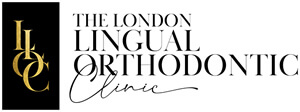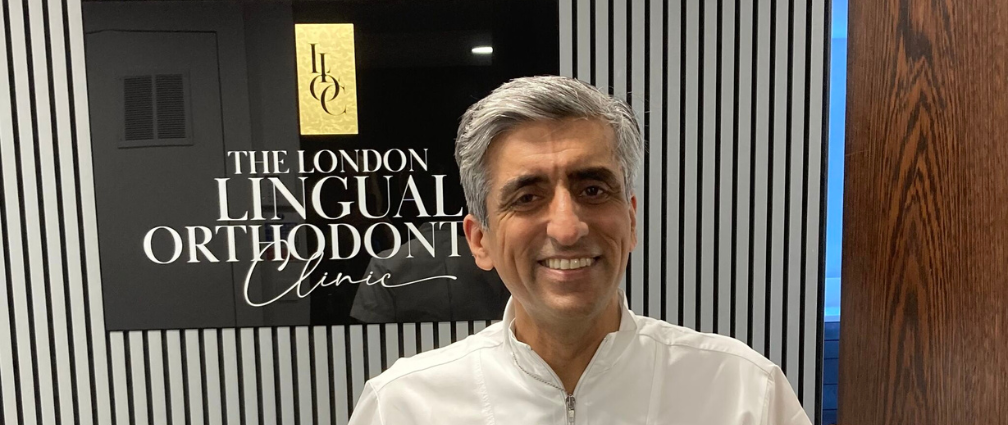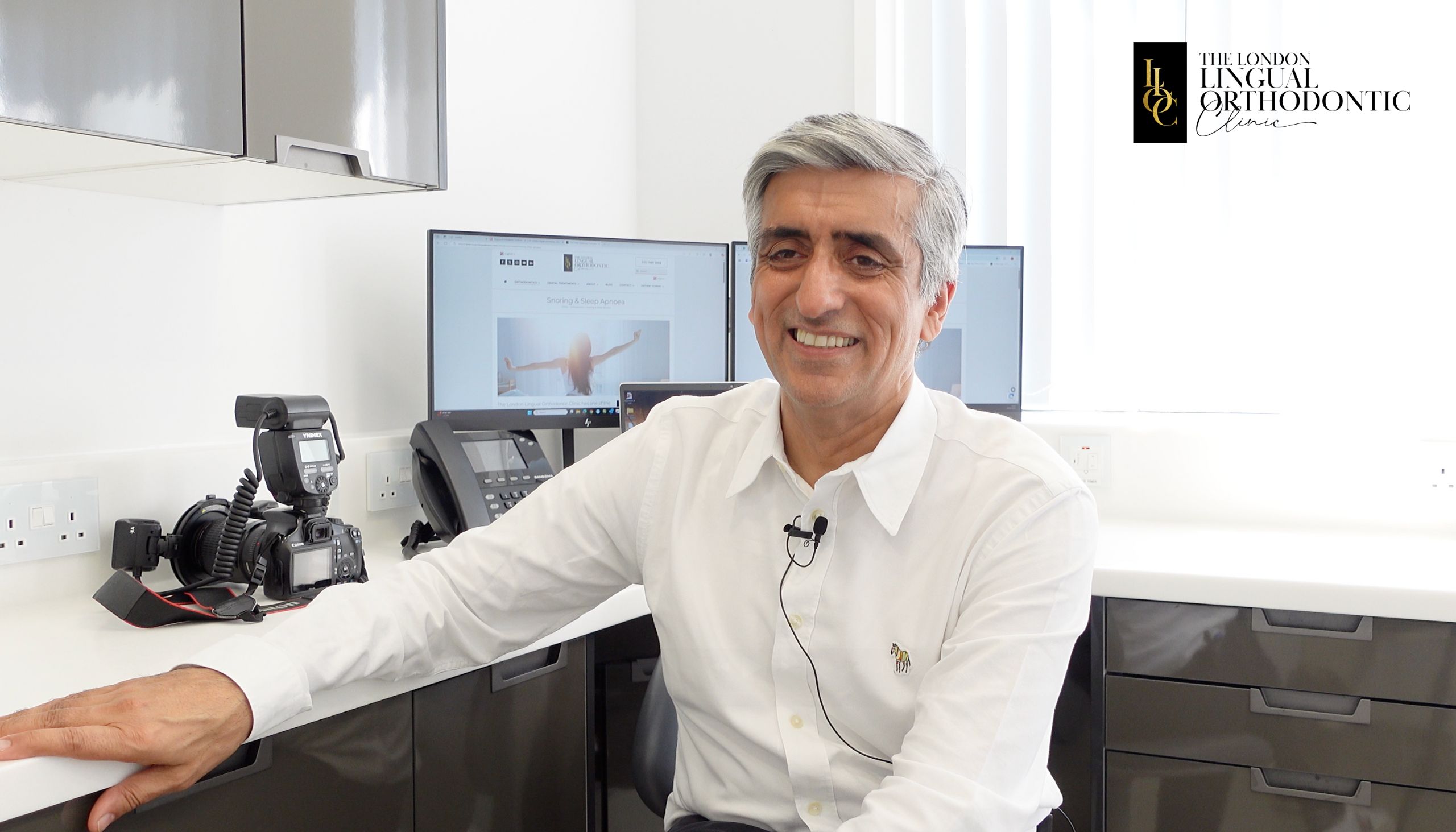It might seem a contradiction in terms, but to my mind, the involvement of robots in orthodontic treatment planning delivers clinical freedom to the specialist.
Let me explain: I am now offering SureSmile QT as a treatment option. This is the lingual version of an appliance system which combines 3D imaging, software and a robot to create customised wires for the patient.
An important technological advance
The lingual technique in the UK over the course of a decade has been dominated by half a different systems, nearly all developed by one or several well known orthodontists. Over time, those systems have been commercially subsumed and then rival suppliers promoted their chosen system to their database of specialists.
At a time when lingual wasn’t taught in dental school – it still isn’t – and when lingual wasn’t widely practised the suppliers played an important role. If you wanted to acquire skills in lingual, the best way to learn was to sign up for a course run by a supplier. Inevitably, you would then start to offer the lingual system promoted by the supplier responsible for your training.
However, there are risks associated with such an approach. The first is that you become a one-trick lingual pony and it is difficult to be objective about a particular system when you don’t offer any others. Specialists are trained to carry out orthodontics, not to follow the instructions of manufacturers.
In labial orthodontics, as learned in dental school, the focus is on the malocclusion and how to treat it, not on adapting the way you work to the demands of a system. Furthermore, it’s hard for GDP colleagues to distinguish between the skilled dentist and the specialist if both are simply advocates for a particular orthodontic system.
Calling Dallas
With SureSmile QT, I diagnose and treatment plan and then I choose and place the brackets. I scan the images over to SureSmile in Dallas, Texas and this is when the robots get busy. They design and plan the wires which are customised to the individual patient. At this stage, I can still check and input on the prescription. If I am happy, the wires are sent over to Harley Street.
So, I’m in charge of the robots, not the other way round. I’m also totally in control of the treatment planning. With SureSmile, there is the opportunity for considerable finessing at the end of treatment too. At a time when our patients are being offered ‘fast’ orthodontics and ‘six month’ smiles by dentist colleagues, it’s imperative that specialists continue to offer a range of treatment options to meet the challenges posed by differing malocclusions.
The prospect of robots having a role in orthodontic treatment planning may sound worrying, but conversely it’s an exciting development. If robots are empowering our clinical freedom, technology is definitely moving our specialism in the right direction.













